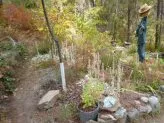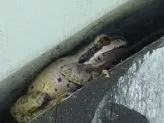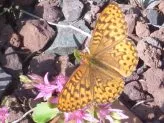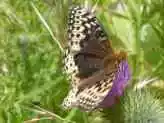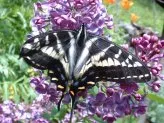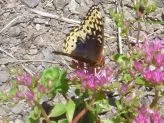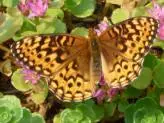Brightly colored flowers, planted in drifts, blooming in succession – these are the key.
What xeric garden would be complete without some butterfly garden plants? Bees, hummingbirds and butterflies are an important part of the garden, pollinating your flowers, and bringing the garden to life with their activities.

A nectar corridor or butterfly garden where there are many flowering plants in drifts will attract incredible numbers of butterflies, as well as lots of pollinators and beneficial insects.
Choose plants that flower over a long period, so there are always fresh blooms with nectar opening throughout the summer.
Check out this list of 10 best perennials for butterflies to get started.
It’s also important to have plants that the caterpillars will use for butterfly food.
Without these, there won’t be subsequent generations of these fascinating insects in your garden.
Get those butterflies to sit still just for a moment
while you take their picture:
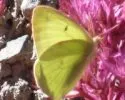


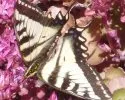
Give them some Sedum!
Nectar Corridor
What kinds of plants should you plant for other pollinators and beneficial insects? Find out here.
Insect Identification
What is that gorgeous butterfly? See if you can find it in the Insect Encyclopedia.
Butterfly Garden Plan
Ideas and inspiration for the best ways to attract more butterflies.
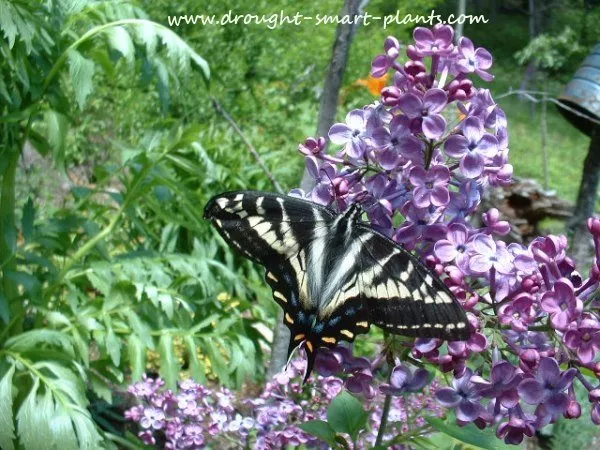
The Best Plants to attract butterflies:
- Syringa – common lilac
- Echinacea – the coneflower
- Rudbeckia, Black Eyed Susans
- Achillea – yarrow – particularly attractive as they have flat landing pad blooms
- Sedum – the many varieties and kinds of Sedum spurium are big favorites – especially the white Sedum spurium album ‘Superbum’.
- The larger stonecrops, Sedum spectabile varieties like Sedum Autumn Joy, Brilliant and Matrona are valued too.
- Asclepias tuberosa, the milkweed, is the only plant that the caterpillar of the monarch butterfly will eat – the chemical that the caterpillar ingests along with its meal protects it from being predated by birds.
- Dill is an important food plant for the larvae of the Swallowtail butterflies – particularly the Anise Swallowtail butterfly.
- Weeds, such as the Bull Thistle, attract the Great Spangled Fritillary butterfly. Don’t be too quick to keep your garden tidy!
Many fast growing shrubs such as willows, maples and birches are preferred host plants for the caterpillars of many butterflies, such as the Mourning Cloak butterfly, Commas and Pale Swallowtail butterflies.
The beautiful Great Spangled Fritillary lays its eggs on violets, to hatch out in the spring to feed as caterpillars. It’s important not to overlook these important host plants in your garden plan.

Plant as many different height butterfly garden plants as possible; the taller ones will be visited for sunning and basking, and lower ones provide lots of nectar. A variation of heights from tall to short will encourage all types of butterflies to visit, as they all have different preferences.
Other things to include in your butterfly garden are puddling areas, such as a shovelful of manure or compost which will attract male butterflies for the salts and sugars, and some flowering annual plants such as Zinnias and Cosmos.
A wide selection of different plants in the butterfly garden will provide new sources of nectar over the summer, giving the beautiful flying flowers a reason to hang around and raise a family.

